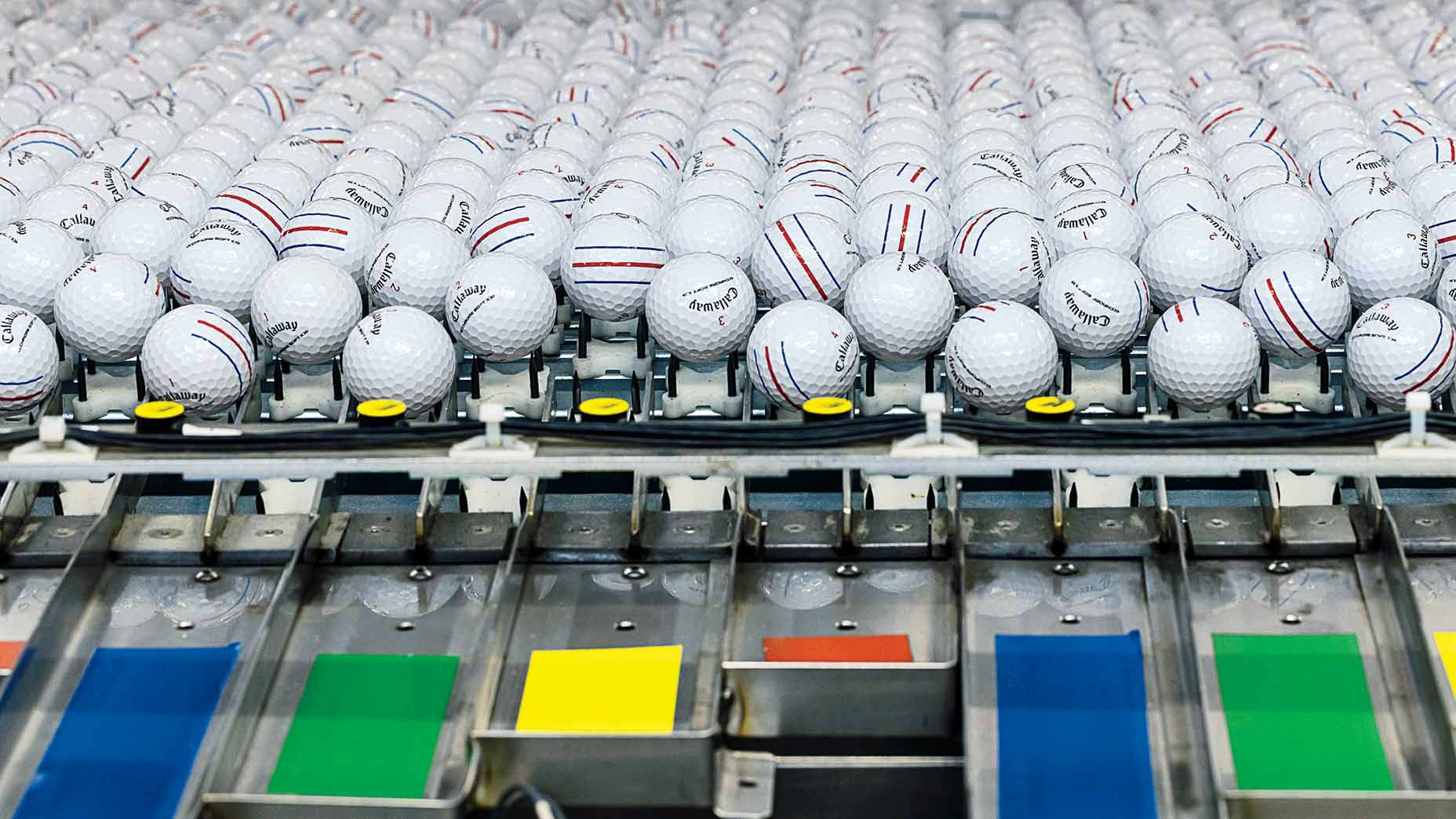
A look inside the Callaway ball plant.
Michael LeBrecht
There were two reasons I leapt at the opportunity to visit Callaway’s ball plant — and neither of them had anything to do with golf.
The first is that I grew up in western Massachusetts. There are plenty of good golf courses in the 413, and sparse population meant that getting into the game was relatively easy and relatively affordable. There were plenty of good players, too, dialing in their games between mid-April (when the snow melted) and mid-October (when the cold came again) but it wasn’t exactly a golfing hotbed. Like anywhere, we were proud when anything local got national recognition. Hell, I remember when Richy Werenski made his debut on the Big Break. When anyone made it, we all did. It’s just that people didn’t make it very often.
The second is because western Mass had a rich history as a manufacturing hub but it’s mostly that: history. Century-old mills and factories have been repurposed into apartments, offices and restaurants — or they sit abandoned, letting time do its thing. The idea that an old factory on the brink of shutting down instead turned the corner, received a massive influx of capital and actually added jobs? That made it an anomaly. Anomalies are interesting.
So I trekked to Chicopee to see what the ball plant meant to Chicopee and what Chicopee meant to the ball plant. I found a brick building in an unassuming neighborhood and was blown away by the technology within. Our Connor Federico put together a look at our day:









